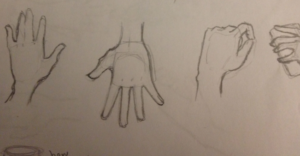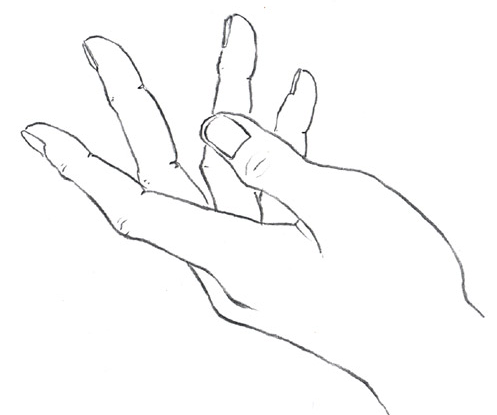Finger drawing success tips help to embrace experimentation, refine techniques, and share your unique creations to foster growth and confidence in finger drawing. Embarking on the journey of finger drawing opens up a unique avenue for artistic expression, breaking away from conventional tools. This comprehensive guide aims to provide in-depth insights, practical techniques, and inspirational advice to help both beginners and seasoned artists master the art of finger drawing.

Understanding the Basics
Finger drawing is an intuitive and tactile approach to art, where the hands themselves become the primary tools. To begin, familiarize yourself with different surfaces and textures. Explore the effects of strokes, varying pressure, and different hand movements to understand the wide range of possibilities that finger drawing offers.
Mastering Techniques
The key to successful finger drawing lies in mastering various techniques that add depth and dimension to your artwork. Experiment with smudging, tapping, swirling, and other techniques to elevate your finger drawings. Start small to practice and perfect each technique before incorporating them into larger compositions.
Choosing the Right Medium
Selecting the right medium is crucial for the success of your finger drawings. Experiment with different types of paper, canvas, or digital drawing apps to find what complements your style. Different mediums respond uniquely to finger pressure and touch, influencing the overall texture and appearance of your artwork.
Colour Psychology in Finger Drawing
Understanding the psychological impact of colours can elevate your finger drawings. Experiment with colour combinations to convey emotions and messages in your artwork. Warm tones for vibrancy or cool colours for a calming effect – the choices are vast, and colour psychology can add layers of depth to your creations.
Embracing Imperfections
Finger drawing is an art form that celebrates spontaneity and imperfections. Instead of aiming for perfection, appreciate the raw and organic nature of finger-drawn art. The direct tactile connection between the artist and the canvas often results in unique textures and strokes that contribute to the charm of the final piece.
Creating Texture and Detail
Finger drawing allows for the creation of captivating textures and intricate details. Experiment with layering, stippling, and cross-hatching to add depth and realism to your artwork. The tactile nature of finger drawing enables a direct connection to the canvas, enhancing your ability to control texture and detail.
Inspiration and Subject Matter
Seek inspiration from a myriad of subjects, ranging from nature to abstract concepts. Finger drawing offers a visceral connection to the creative process, making it ideal for capturing emotions and sensations. Allow your imagination to roam freely, letting your fingers translate your thoughts into visually stunning masterpieces.
Practicing Mindfulness Through Finger Drawing
Engage in finger drawing as a form of mindfulness and stress relief. The tactile sensation of drawing with your fingers can have a calming effect, helping you stay present in the moment. Incorporate finger drawing into your daily routine as a meditative practice to enhance your overall well-being.
Advanced Techniques and Experimental Approaches
As you progress in your finger drawing journey, explore advanced techniques and experimental approaches. Incorporate mixed media, try unconventional surfaces, or experiment with digital tools. Pushing the boundaries of finger drawing can lead to groundbreaking and innovative artwork.
Finger Drawing Challenges
Participate in finger drawing challenges to stimulate your creativity. Set personal challenges, such as time limits or specific themes, to keep your artistic practice fresh and exciting. Join online communities or social media groups dedicated to finger drawing to share your work, gain feedback, and draw inspiration from others.
Building a Finger Drawing Portfolio
Consider compiling a portfolio showcasing your progression and diverse finger-drawing styles. Document your artistic journey, including early experiments, breakthroughs, and refined pieces. A portfolio serves as a visual narrative of your growth as a finger artist and can be a valuable tool for self-reflection and sharing your work with others.
Conclusion
Mastering finger-drawing success tips is a continuous journey of self-discovery and artistic exploration. By understanding the basics, experimenting with techniques, and embracing imperfections, you can unlock your creative potential and create captivating artwork. Let your fingers become the conduit for your imagination, and watch as your finger drawings evolve into expressions of artistic brilliance. Whether you are a novice or an experienced artist, this comprehensive guide aims to inspire and empower you on your finger-drawing adventure.

